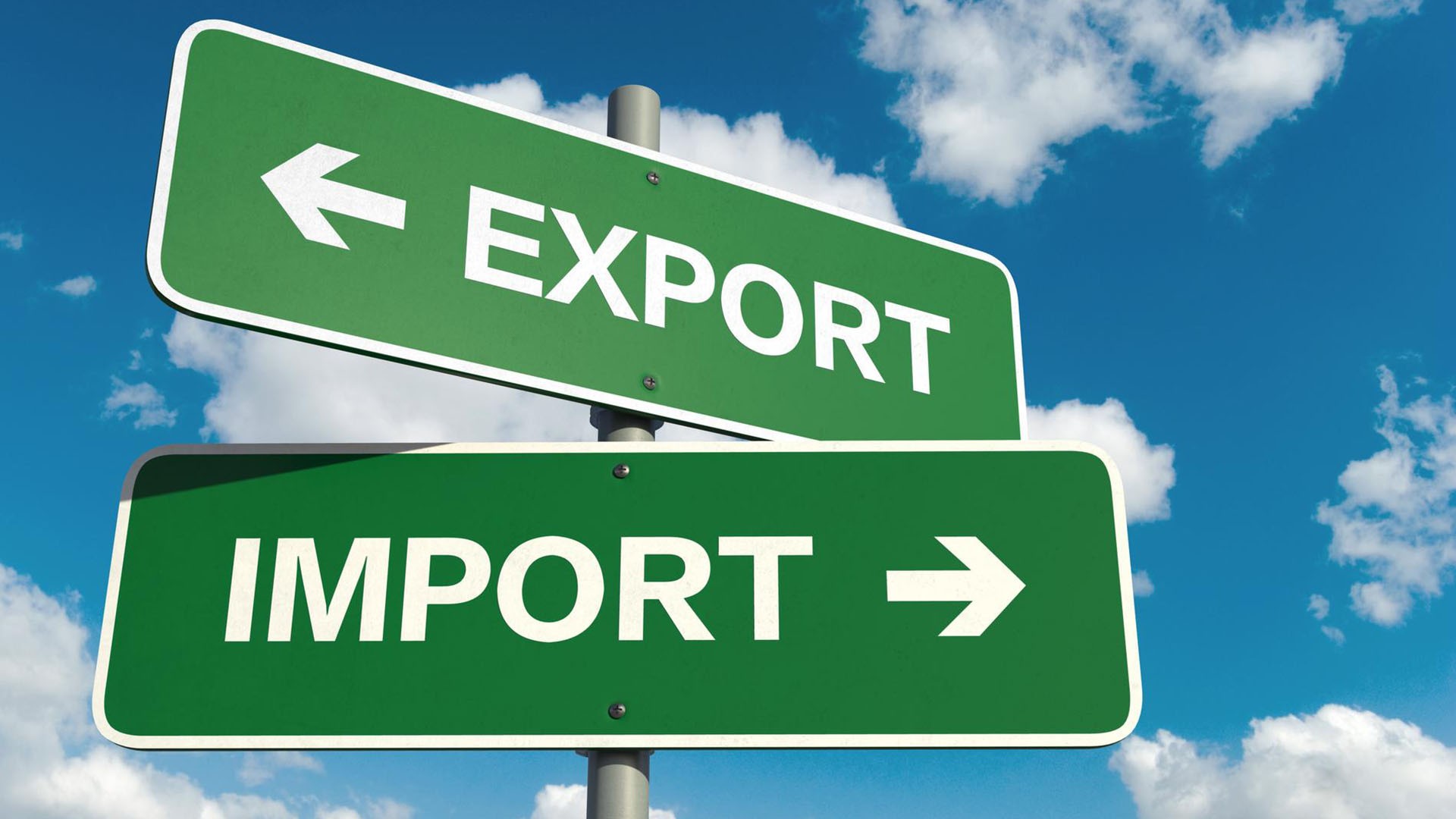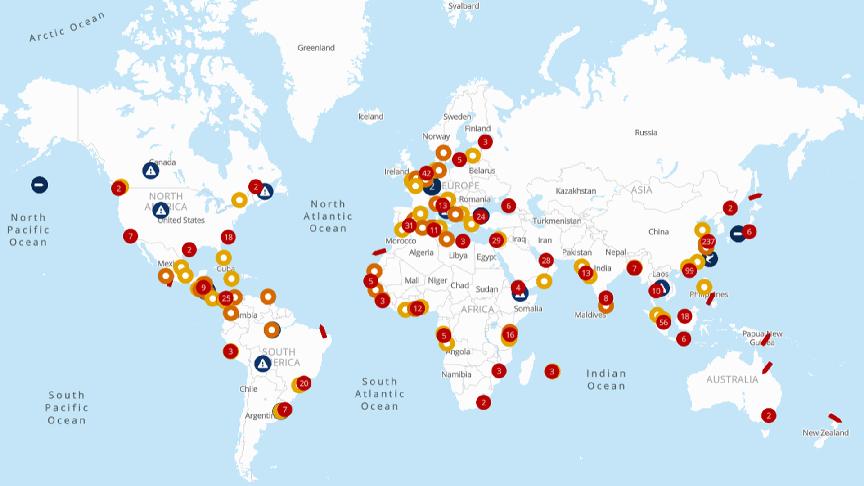Based on trade data from Container Trade Statistics (CTS), maritime data intelligence firm Sea-Intelligence explored the container demand flows to North America covering the period from January 2018 to September 2025.
For this study, the firm defines the imbalance ratio as the volume of cargo on the head-haul divided by the volume on the back-haul. “Head-haul being the direction of most cargo seen in September 2025, and back-haul being the opposite direction.”
The analysis looked at six deep-sea regional trades connecting cargo to and from North America and found an overall imbalance of 60%.
On the Transpacific route, the data showed sharp spikes around the Chinese New Year throughout the study period. Although trade volumes on this trade accounted for 2.4 million TEU in September, the market changes from 2020 to 2025 caused a dramatic increase in the trade imbalance.
According to the data, the imbalance on the Transpacific was between 3.5 to 4.3 in September of this year. In other words, North America imports nearly four times as many containers as it exports.
Meanwhile, imports and exports on the Transatlantic route reached 630,000 TEU in September 2025. “Here we see that the disruptions of the past 5 years have led to a clear step-change in trade imbalance, from a level around 1.6-1.8 to now being around 1.7-2.2,” writes the report.
In comparison to the two key trades above, North America’s September trade with South and Central America saw 440,000 TEU in imports and exports. The imbalance on this route was much more stable over the five years.
Only two trades showed a reduction in imbalance with North America. These were the NAM - Sub-Saharan Africa trade and the NAM to Oceania trade.
However, the data shows that the imbalance in trade with Sub-Saharan Africa and with Oceania was “from the perspective of worsening the import imbalance into NAM.”
“This means we have two trades, where the imbalance has been reduced – but from the perspective of “worsening" the imbalance seen from a NAM perspective,” says Sea-Intelligence.
The analysis highlights that the ratio of full import containers into NAM from all key trades, which must be repatriated empty, shows an imbalance increase from 40-50% before the pandemic to around 60% in 2025.
“This worsening of the imbalance results in higher costs for the repatriation of empty containers, as well as increased operational complexities in moving the empties around and getting them to the correct locations,” concludes the report.
China's export surge
This global container shipping imbalance can also be attributed to China’s export and import trends, which are absorbing functional vessel capacity and container equipment.
Over the past two years, China's export volumes grew 20% year over year in the first nine months, as Chinese manufacturers diversified beyond the US to markets in Latin America, the Middle East, Africa, and Europe.
In addition, the Chinese government's efforts to boost domestic consumption remained weak at 39% of GDP, compared to 68% in the US.
This imbalance is straining logistics networks. 41% of containers now move empty, up from about one-third six years ago, according to Sea-Intelligence.
The cost of repositioning empty containers and the need for additional equipment have increased significantly.
Nevertheless, despite strong Chinese exports absorbing some tonnage, overcapacity risks remain.
Vessel scrapping efforts remain weak, says a Journal of Commerce report. So far, only eight vessels totalling 4,130 TEUs have been scrapped in 2025.
Carriers are expected to deploy traditional levers such as scrapping, idling, and slow steaming to manage supply-demand imbalances.







